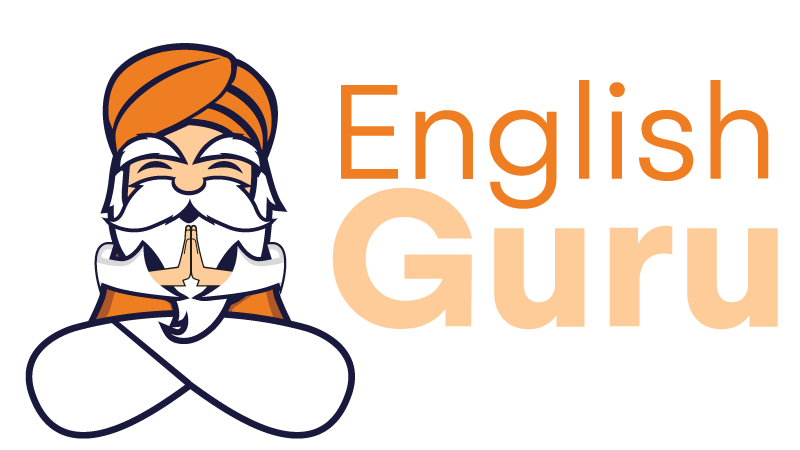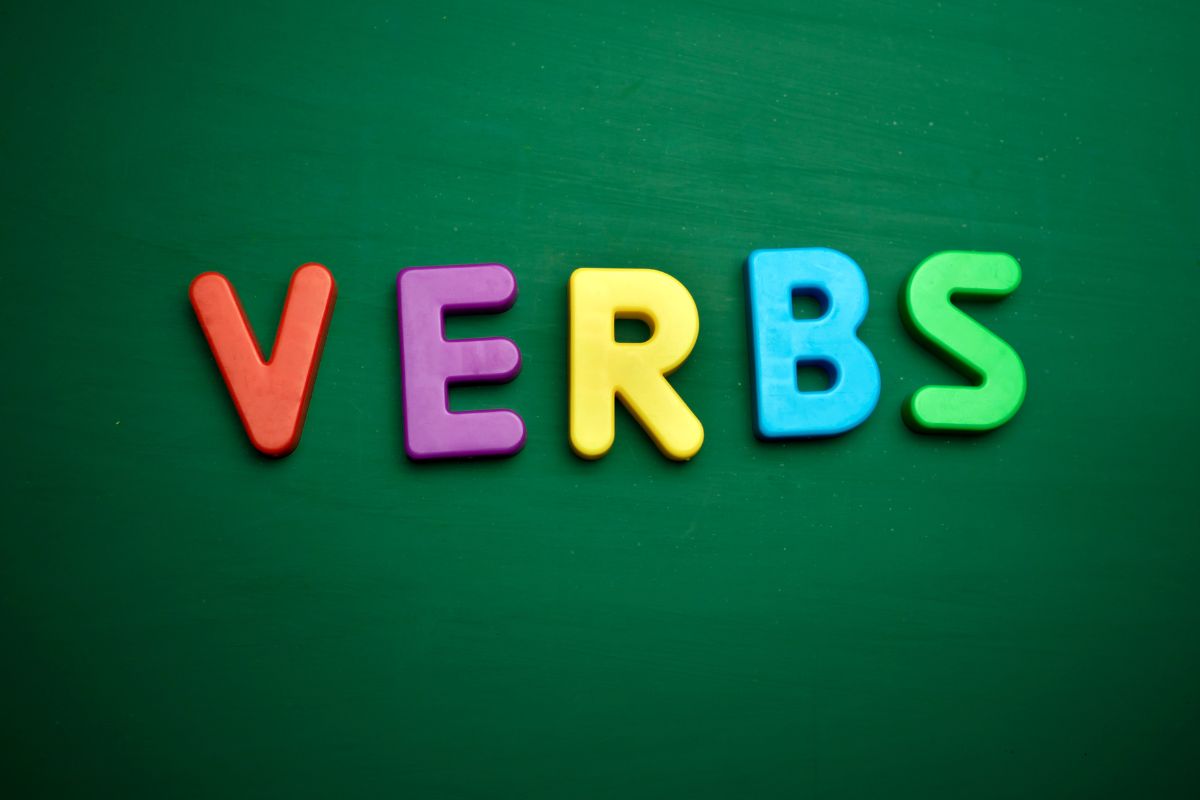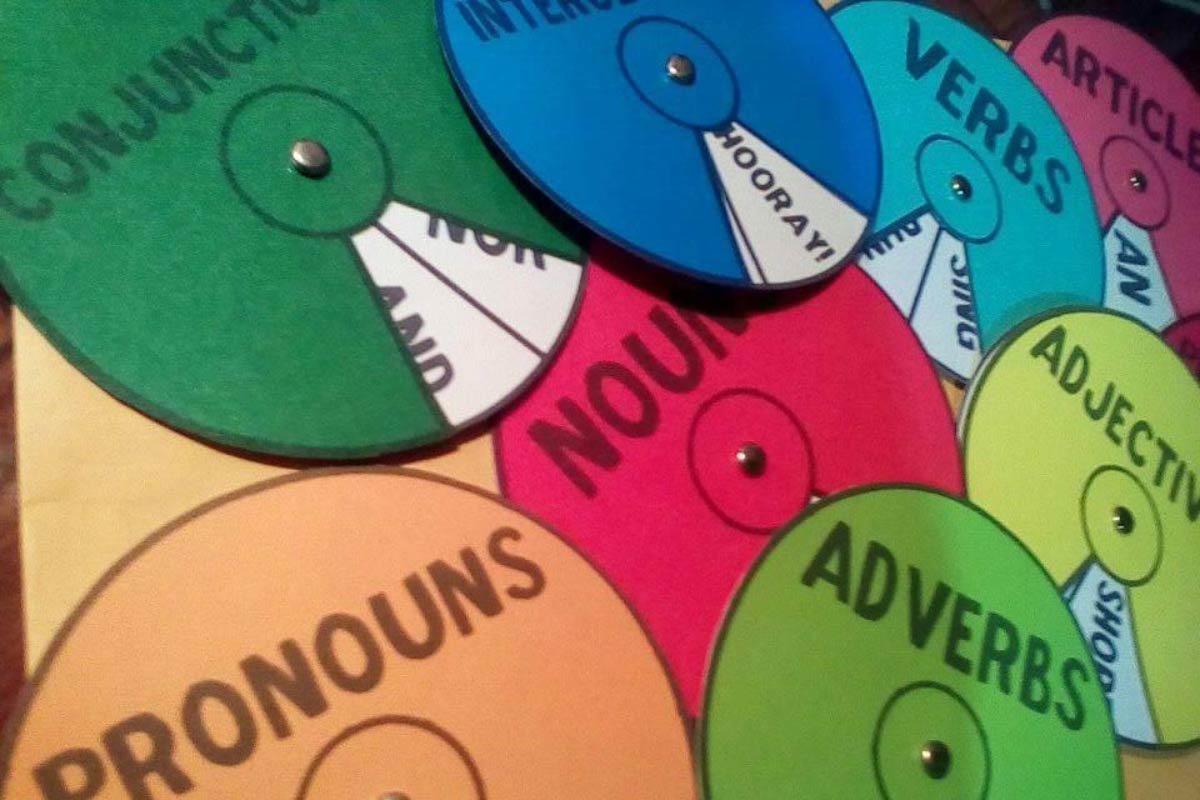Vocabulary is critical in English. Especially common English verbs are an important topic. It would not be wrong to say that being an active foreign language speaker is directly proportional to the number of foreign words you know. Just as a baby grasps words one by one while learning his native language, you should expand your vocabulary daily while learning English.
Verbs, nouns, adjectives are as important in English as they are in your native language. But English verbs and their meanings are undoubtedly the primary words you need. As a result, short sentences containing subject and verb will be the first patterns you apply when describing your problem.
The Most Common English Verbs
If you have started to learn English, you must have had the opportunity to take a dictionary and examine it. There are many words that are similar in meaning and spelling. But there is no need to panic! You can continue to learn English best by starting with the most common English verbs first.
Below you can see these verbs:
- Ask (verb1)
- Be (verb1)
- Become (verb1)
- Begin (verb1)
- Call (verb1)
- Can (verb1)
- Come (verb1)
- Could (verb1)
- Do (verb1)
- Feel (verb1)
- Find (verb1)
- Get (verb1)
- Give (verb1)
- Go (verb1)
- Have (verb1)
- Hear (verb1)
- Help (verb1)
- Keep (verb1)
- Know (verb1)
- Leave (verb1)
- Let (verb1)
- Like (verb1)
- Live (verb1)
- Look (verb1)
- Make (verb1)
- May (verb1)
- Mean (verb1)
- Might (verb1)
- Move (verb1)
- Need (verb1)
- Play (verb1)
- Put (verb1)
- Run (verb1)
- Say (verb1)
- See (verb1)
- Seem (verb1)
- Should (verb1)
- Show (verb1)
- Start (verb1)
- Take (verb1)
- Talk (verb1)
- Tell (verb1)
- Think (verb1)
- Try (verb1)
- Turn (verb1)
- Use (verb1)
- Want (verb1)
- Will (verb1)
- Work (verb1)
- Would (verb1)
Second and Third Forms of Regular Verbs
Depending on common English verbs topic, we can say that: One of the subjects that will be quite challenging when learning English will be the conjugation of verbs. Verbs that take certain suffixes according to the time period we use are regular as well as some verbs are conjugated irregularly by completely changing their structure.
While it may seem quite difficult to keep them in mind, as you practice and actively work through the examples, you will realize that they automatically settle in your memory. Depending on common English verbs topic, we can say that: The important thing here is to make sure that you have established a certain discipline on yourself.
The second form of verbs; used only with simple present tense and simple past tense. The present tense simply takes the suffix ‘-ing’, while in the future tense they remain in their nominative form after the words ‘will/going to’.
The third forms of verbs; their usage is used from perfect tenses such as simple perfect, past perfect, and we only add -ing in progressive or continuous tenses.
Regular Verbs
There are very simple rules for conjugating regular verbs and these rules are fairly easy to apply once the logic is understood. Depending on common English verbs topic, let’s examine them now.
Simple Present Tense
In the simple tense, verbs are conjugated in this way only with the subjects “He, She, It” and they do not have irregular forms. Therefore, it is quite easy to learn the second forms of verbs in the present tense. The second and third forms of English words are conjugated according to some rules. Depending on common English verbs topic, we explain these rules below:
- -s suffix: Generally, only -s suffix comes to the end of verbs ending in consonant or vowel, with some exceptions. For example: cares, eats, tells, feels, cooks etc.
- However, if the verbs end with the letters -ch, -sh, -s, -x, -z, our verb takes the suffix -es. For example: brushes, misses, teaches, relaxes etc.
- -ies suffix: If our verb ends with the letter -y and the previous letter is silent, then we remove the letter ‘y’ and add the suffix -ies. For example: tries, studies, flies, copies etc.
This rule is valid only if there is a consonant before the letter ‘y’, if there is a vowel; again, we just put the suffix -s. Depending on common English verbs topic, for example; buys, enjoys, says etc.
Simple Past Tense
Let’s examine the Past Simple Forms of English verbs:
- Verbs Ending in Consonant ‘e’: The consonant ‘e’ is a letter that is at the end of the verb but swallowed while pronouncing it. In such cases, the letter ‘e’ is omitted and the verb -ed is added. For example; cared, decided, realized, used etc.
- Verbs Ending with ‘y’ After Consonant: Depending on common English verbs topic, we can say that: If there is a ‘y’ letter after the consonant at the end of the verb, the letter ‘y’ is omitted and the suffix -ied is added to the verb. For example; copied, partied, denied, studied, worried etc.
- Verbs Ending with One of the Letters ‘w’, ‘x’, ‘y’: If the verb is monosyllabic and the last letter of the verb is a consonant other than the letters ‘x’, ‘w’ and ‘y’ (it must be a vowel in front of it, of course), the last letter is repeated and the suffix -ed is added. You will only apply this to monosyllabic verbs. For example; bagged, petted, shopped etc.
- Verbs that end in a consonant after a vowel and the second syllable is stressed: If the verb has two syllables, if the last letter is the consonant after the vowel and the second syllable is stressed, the last letter is repeated and the suffix -ed is added to the verb. For example; admitted, formatted, preferred, concurred etc.
In summary, we have presented the first forms of the common English verbs in this content as a list. We also explained the suffixes that regular verbs take in English.




